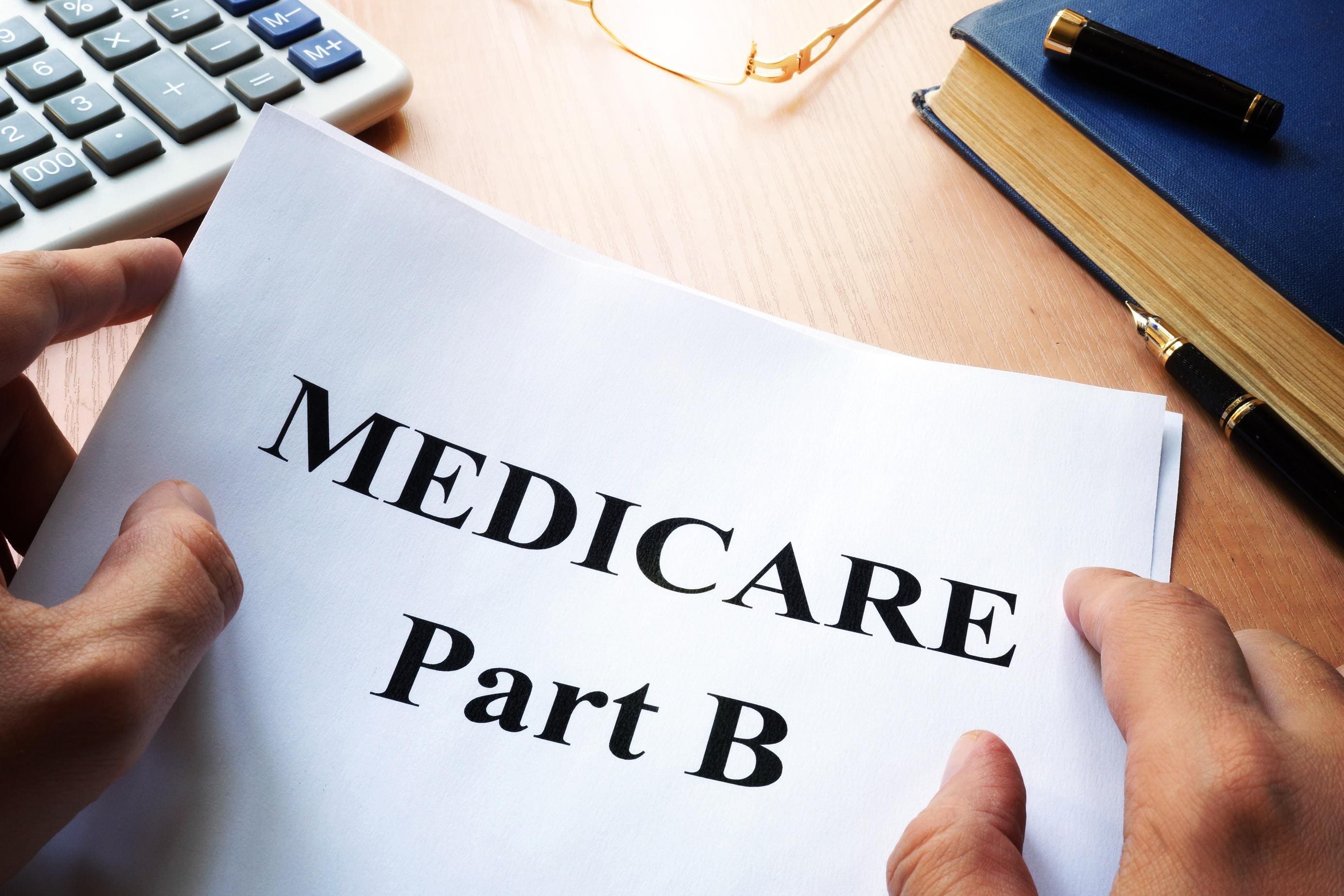Retiring In 2024? Resolve To Enroll In Medicare Part B To Avoid A Big Mistake

Don’t make the mistake of not enrolling in Medicare Part B.
getty
A New Year’s resolution is a promise to yourself to do something good in the year ahead. If you are older than 65 and retiring or losing your job in the near future, here is one resolution you must make: Resolve to enroll in Medicare Part B medical insurance.
I sense there are some skeptics out there. They will get 12, 18, 42 or more months of paid medical coverage through a COBRA or retiree plan, or medical insurance connected to a severance package. They enroll in Medicare Part A, hospital insurance, because it is premium-free and a condition of receiving Social Security retirement benefits. But they choose to skip Part B. This is the same coverage they have had for years and it’s worked. Why should they enroll and have to pay the Part B premiums ($174.70 in 2024) and, maybe, higher-income beneficiary adjustments (IRMAA)?
These skeptics should talk with some of those who didn’t enroll when losing their jobs or retiring and now have big problems. One of my clients, a 69-year old man from Alabama, retired in September 2022 and did not enroll in Part B because his company was paying for 24 months of coverage. Everything went fine for the first year but then he was stricken with cancer. The sponsor of his coverage informed him that it would not pay for his treatments because he wasn’t enrolled in Part B. When he tried to enroll in Part B in August this year, he learned he had missed his chance. He cannot enroll until January 2024 and will face a penalty. Plus, he is responsible for thousands of dollars in medical bills.
So, what happened? Two rules come into play in these situations.
- By law, after employment ends for someone older than 65, a COBRA, retiree, or individual plan or coverage connected with a severance package becomes the secondary payer to Medicare. In my client’s situation, his coverage would kick in after Medicare paid its part. So, without Part B, it was like not having insurance. He became the primary payer for his chemotherapy treatments.
- My client does not qualify for a Part B Special Enrollment Period (SEP). Anyone losing employer coverage (be it the employee or policy owner or his or her spouse) has an eight-month window to enroll without penalty or delay. This period begins with the last day of employment or coverage, whichever comes first. For those who have coverage after retirement, the last date of employment starts the eight-month clock. His SEP was from October 1, 2022, through May 31, 2023.
Because he missed his SEP, his next chance to enroll is the General Enrollment Period, January 1-March 31. Part B will take effect the month after enrolling. And he will face a Part B late enrollment penalty. This is 10% of the standard Part B premium for every year (12 months) that enrollment was delayed. He will pay an additional $17.47 per month in 2024. That amount will likely increase every year and the penalty will follow him for life.
MORE FOR YOU
I have heard all the reasons why individuals in these situations did not enroll in Part B. For example, an HR representative said their coverage was creditable to Medicare; or a Social Security agent said they can delay Part B as long as they have insurance. Medicare misinformation is rampant, so it is on the individual to get the facts and make the right decisions.
Per an Ohio State University blog post, researchers suggest that only 9% of Americans who make New Year’s resolutions complete them. Where Medicare is involved, it’s time to get 100% compliance. Resolve to enroll in Medicare when you are no longer actively employed, no matter what insurance you have going forward.

Comments are closed.